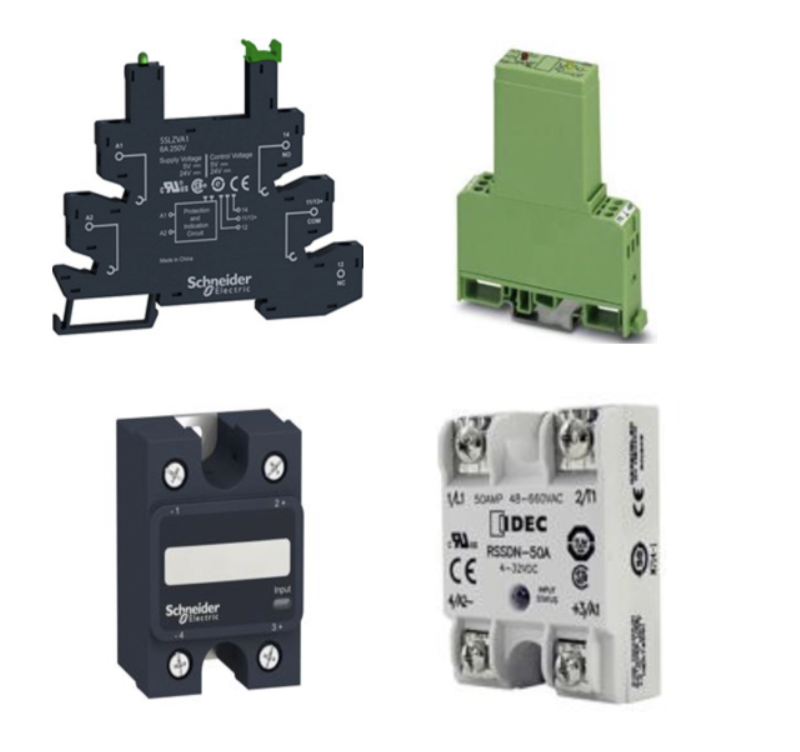Solid State Relays

Solid state relays (SSRs) are advanced electronic switching devices that employ semiconductor switching elements instead of mechanical contacts, offering enhanced durability and reliability. These relays utilize optical coupling to isolate the control signal from the output circuit, ensuring safe and precise operation. Unlike mechanical relays, SSRs have no moving parts, making them ideal for applications requiring high-speed switching, minimal wear, and reduced maintenance.
Designed to handle a wide range of loads, SSRs provide efficient control of resistive and inductive loads in industrial and commercial applications. Their ability to manage load currents without physical contact eliminates issues like contact arcing and wear, which are common in traditional mechanical relays. Additionally, SSRs are often equipped with zero-crossing functionality, which minimizes electrical noise by activating or deactivating the load at the sine wave's zero voltage point.
More Information about Solid State Relays
Solid state relays are highly versatile, used in temperature controllers, motor drives, and other systems requiring reliable signal switching. They are particularly effective in environments where high-speed operation, silent switching, and long service life are critical. With features like precise phase control and compatibility with a variety of input voltages, SSRs are a preferred choice for applications in automation, HVAC systems, and advanced industrial processes.
FAQs
What is the typical input voltage and output voltage of a solid state relay and electromechanical relay?
The typical input voltage of a solid-state relay ranges from 3 to 32 VDC, with an output voltage capacity of up to 480 VAC, while electromechanical relays often have an input voltage of 5 to 24 VDC and an output voltage capacity that varies widely, depending on the design, but commonly up to 250 VAC.
Relays: Electromechanical vs Solid State
Electromechanical relays (EMR)
Electromechanical relays (EMR) use physical moving parts to achieve the desired functionality. These moving parts include the contacts that switch between the normally open and normally closed stationary contacts in the relay. This movement is made possible by an electromagnet. When power is applied to this magnet, it will act on the movable contact causing the relay to switch. In an EMR, it is common to hear the switching sound that is represented as a “clicking” noise. This audible noise can be helpful when determining the functionality of the relay.
Solid-state relays (SSR)
Solid-state relays (SSR) use a low power, electrical signal to generate an optical semiconductor signal that will transmit and energize an output signal. When this is activated, the input optical signal will act as the switch, allowing a higher voltage signal to pass through the relays output components. The internal circuitry of a SSR is far more complex than an EMR, but there are no physical moving parts.

